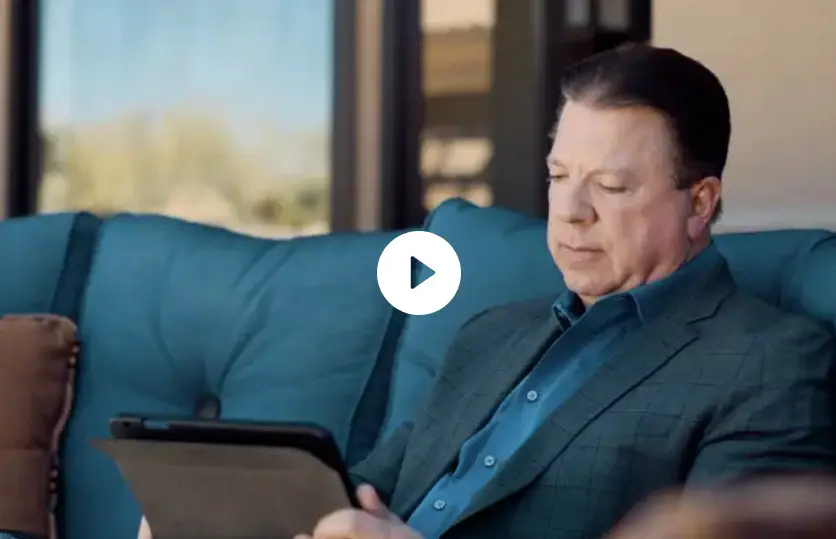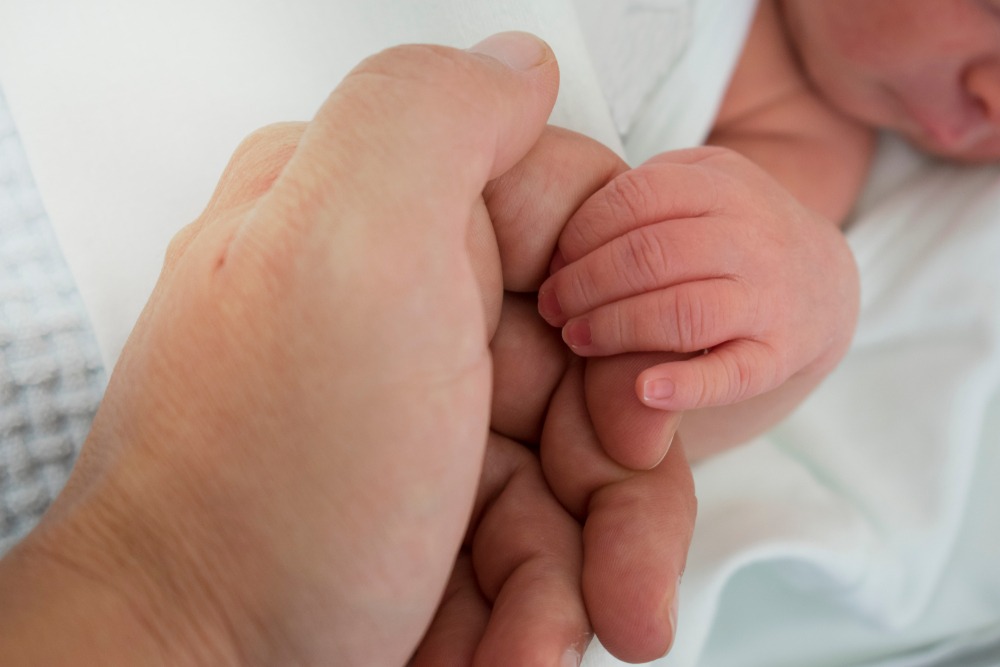Medical errors during pregnancy or labor can cause cerebral palsy, resulting in lifelong consequences for your newborn. Knowing your child’s condition was preventable can make an already painful experience even more upsetting. If medical malpractice has caused your child’s disability, you deserve a settlement that covers treatment and ongoing care costs.
The cerebral palsy attorneys at the Birth Injury Lawyers Group will guide you through the civil litigation process and demand justice for your child. You and your family deserve the financial support and security a medical malpractice lawsuit can provide, and our lawyers are here to ensure you receive it.


